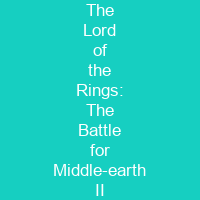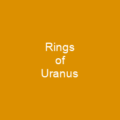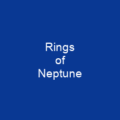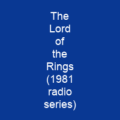The Lord of the Rings: The Battle for Middle-earth II is a 2006 real-time strategy video game developed and published by Electronic Arts. It is the sequel to Electronic Arts’ 2004 title The Lord Of The Rings: The Battle For Middle-Earth. The Windows version of the game was released in March 2006 and the Xbox 360 version in July 2006. The game received generally favorable reviews from video game critics.
About The Lord of the Rings: The Battle for Middle-earth II in brief

The player can build an unlimited number of structures anywhere on the map, allowing for more freedom in base building and unit production. Each faction’s fortress is uniquely equipped with a special power reached only by purchasing necessary upgrades. Each unit class has unique strengths and weaknesses, emphasizing the importance of properly matching up units in battle to increase their effectiveness. Players can build walls to defend their base; however, the walls can only be constructed within a certain proximity to the players fortress. They can also construct arrow and catapult towers on building plots around a fortress to provide defensive support and basic protection. The Rise of the Witch-king, a Windows expansion pack, features a new faction known as Angmar, new units, and several gameplay improvements. It was published in November 2006, and reached fourth in a list of the month’s best-selling PC games. At the end of March 2006, the game reached fourth on the PC Gamer’s list of best-sellers for the month of March, with a total sales of more than $1.5 million. It has been released in North America, Europe, Australia, and New Zealand, and has been sold in more than 100 countries since its release in 2006. It can be pre-ordered online for $99.99 with the game’s Collector’s Edition, containing bonus material and a documentary about the game’s development. It also has an online multiplayer mode that lets the player control a variety of characters from the novel.
You want to know more about The Lord of the Rings: The Battle for Middle-earth II?
This page is based on the article The Lord of the Rings: The Battle for Middle-earth II published in Wikipedia (as of Nov. 03, 2020) and was automatically summarized using artificial intelligence.







